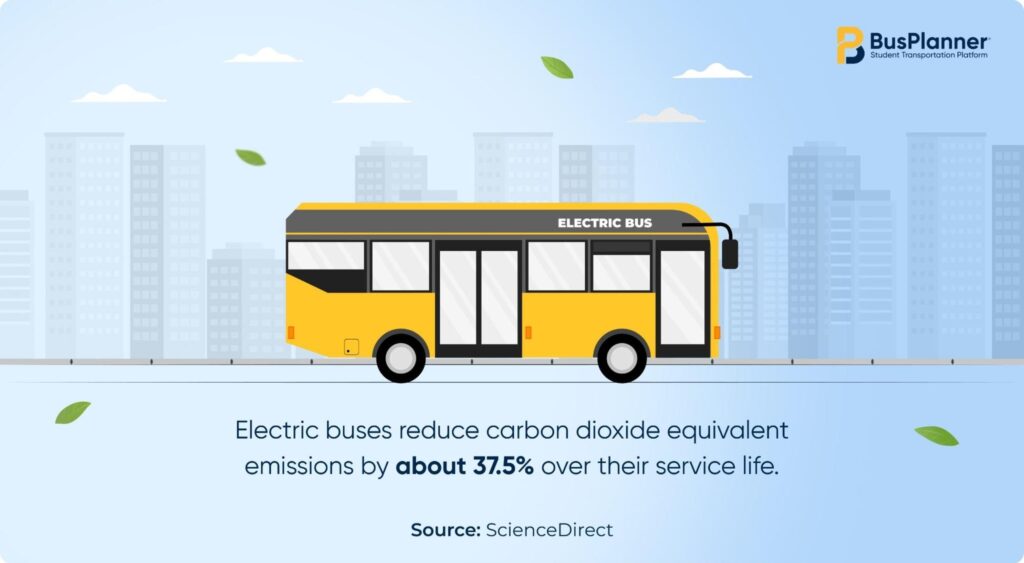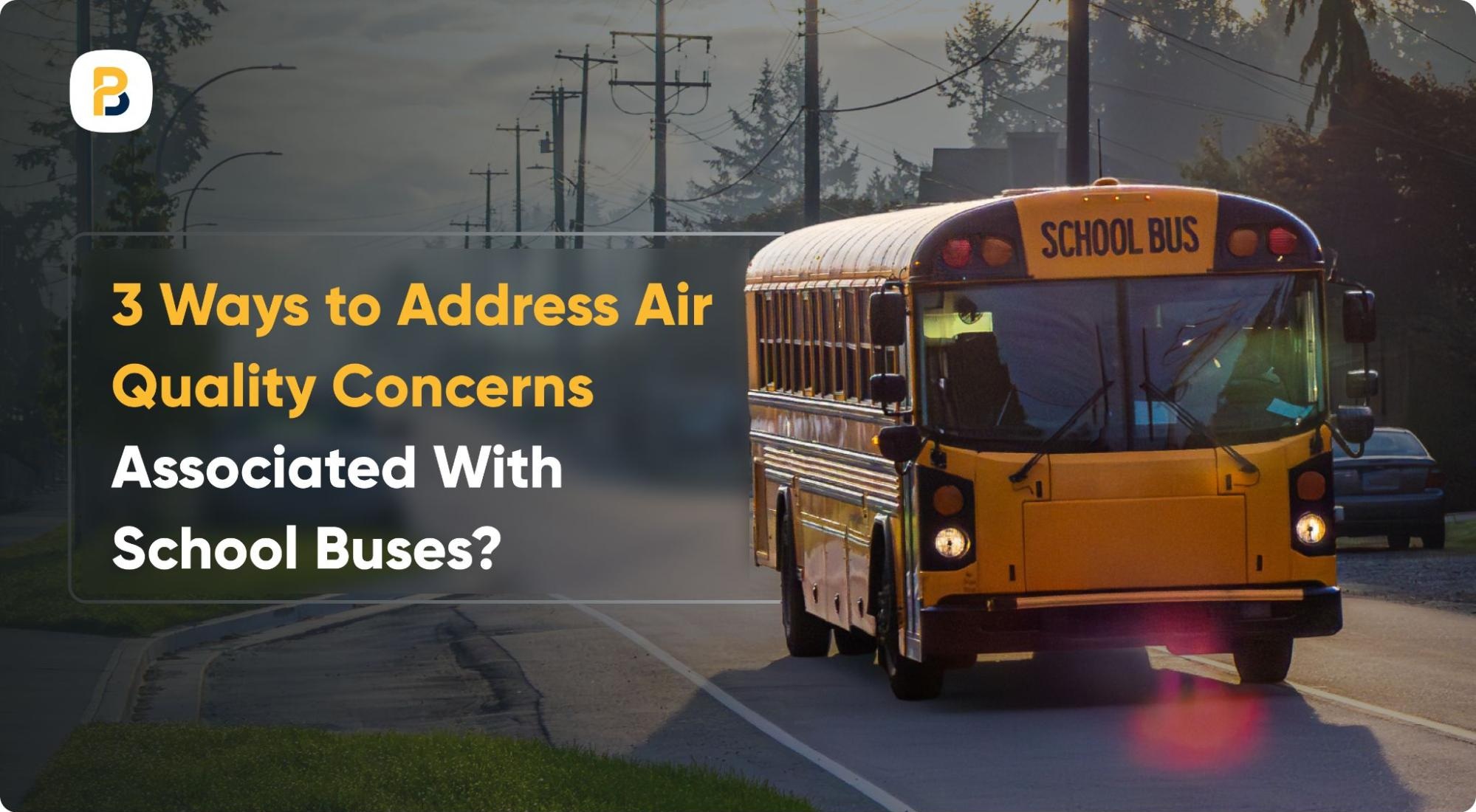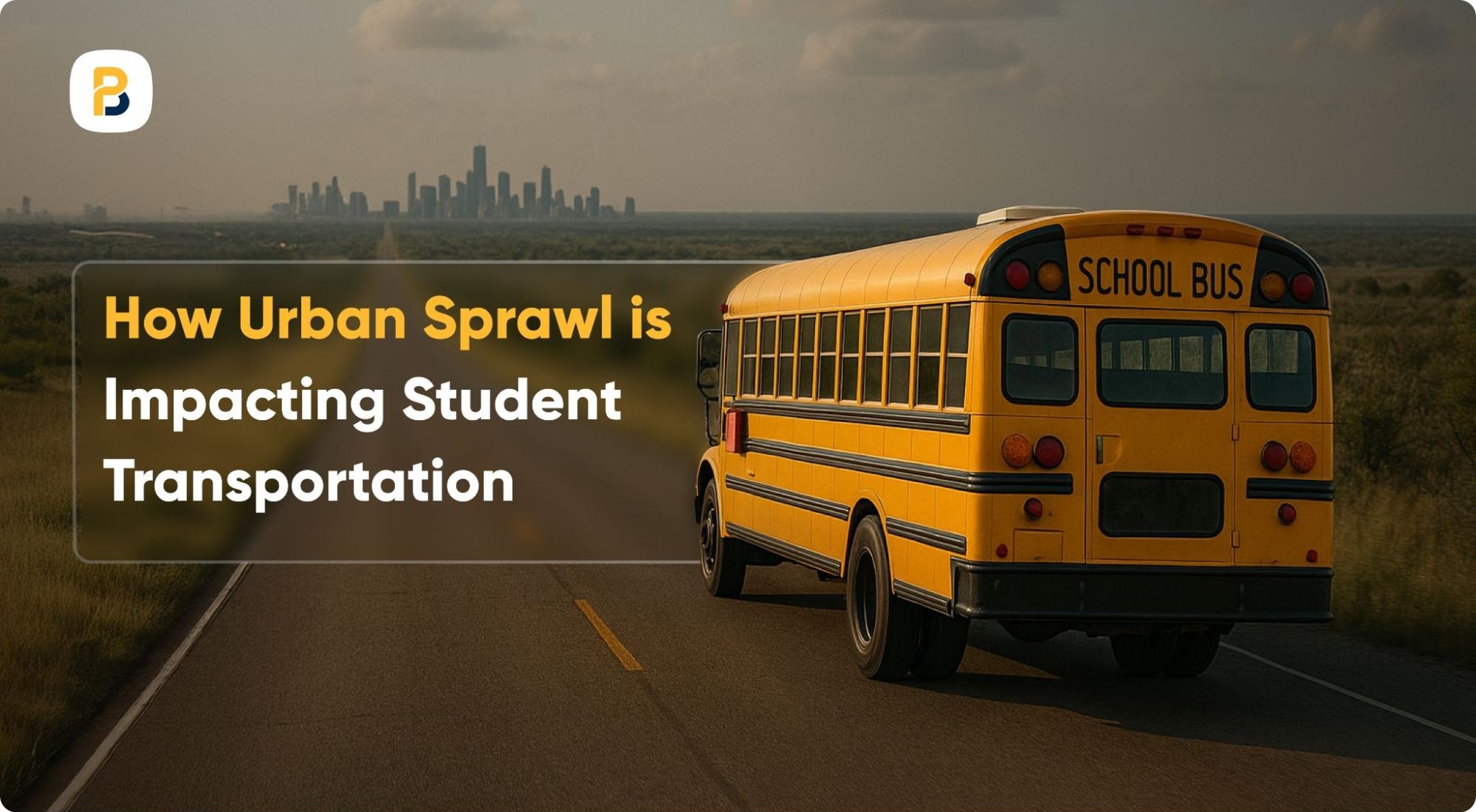Did you know that nearly 95% of school buses in America still run on diesel? When used to power vehicles, diesel releases toxins that contribute to pollution and put children’s health at risk. Addressing environmental safety concerns for students is essential for a sustainable future. Thankfully, a modern student transportation platform can help reduce emissions and promote healthier communities.
In this article, we’ll discuss the ways you can make daily commutes on school buses safer.
1. Targeted Upgrades & Vehicle Health: Efficient Planning for Sustainable Travel
We understand buying new school buses isn’t budget-friendly, but investing in maintaining your current fleet can help reduce pollution and support long-term community benefits.
- Address Top Polluting Buses: Use emissions testing to identify and address those vehicles in your fleet that are emitting the most fumes. By engaging in proactive maintenance, districts can effectively reduce air pollutants.
- Routine Inspections: Conduct regular mechanical checks. Early detection prevents costly repairs and ensures reliable performance.
- Alternative Fuels: Hybrid vehicles create less pollution and use fuel more efficiently, while CNG buses lower greenhouse gas emissions by about 20%, contributing to a more sustainable environment.
2. Electric Bus Adoption: Driving Forward to a Zero Carbon Footprint
Investing in a fully electric fleet eliminates tailpipe emissions and lowers operating costs. School districts that adopt this cleaner technology see measurable improvements in student well-being.
- Fleet Expansion: Gradually switch to electric models to support a pollution-free atmosphere. As of 2025, over 5,100 electric school buses are operational in the United States, up from just 415 in 2020.
- Reliable Charging Stations: Install instant fleet charging solutions at depots and along key routes. Proper infrastructure ensures buses remain operational and facilitates extended road coverage.
- Budget-Friendly: Electric buses lower fuel and maintenance costs, helping districts save money while supporting a more sustainable fleet.

3. Limiting Engine Idling: Reducing Exposure to Harmful Emissions
Excessive idling increases air pollution inside and around school buses. An idling vehicle can produce up to twice the usual exhaust, including carbon monoxide, nitrogen dioxide, and other harmful particles.
- Implement Anti-Idling Policies: Set clear guidelines for drivers to minimize time with the engine on, especially during student pick-up and drop-off.
- Driver Training Programs: Educate drivers on the environmental impacts of idling, emphasizing the benefits of turning off the engine when the bus is parked for a long time.
- Utilize Idle-Reduction Tools: Install automatic shut-off systems on buses to turn off the engine when the vehicle is not in motion, which helps lower emissions and provides safer transport for school kids.
Paving the Way for a Greener Future
Ensuring that school buses operate in a pollution-free environment is essential for the health and safety of students. When you make the most out of a reliable student transportation platform and effectively manage your fleet, you create a safer environment today and for future generations.
See how BusPlanner can make a difference by booking a demo today!
Frequently Asked Questions
What are the biggest winter challenges for school transportation?
Icy roads, delayed routes, reduced visibility, vehicle breakdowns, and driver shortages are the main hurdles districts face during winter.
When should districts start preparing for winter operations?
Planning in early fall ensures that timely maintenance, route reviews, and staff training are complete before the weather gets harsh.
How can transportation teams communicate faster during snow days?
Student transportation software with automated alerts, live bus tracking, and integrated parent apps can instantly share delay or closure updates with the transport teams and families.
How does technology help tackle winter challenges?
Integrated platforms like BusPlanner connect routing, GPS, and parent communication, reducing chaos during storms.







